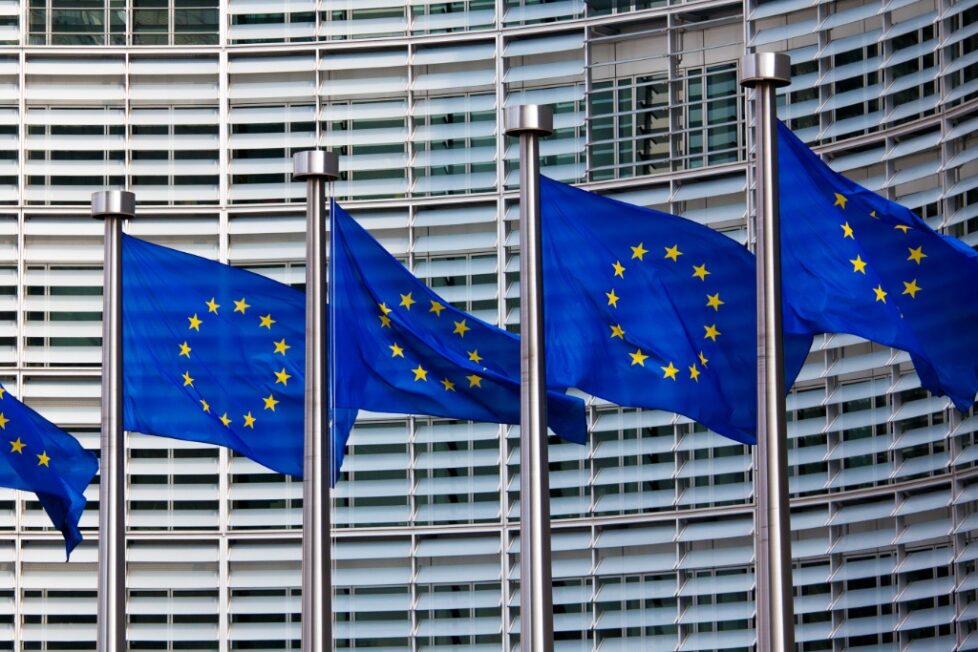EU Lawmakers Agree on New Rules to Reduce Emissions from Trucks by 90% by 2040

Lawmakers in the European Parliament and Council announced today that they have reached a provisional agreement on proposed new rules to strengthen emissions standards for heavy-duty vehicles, including a requirement for a 90% emissions reduction for heavy trucks by 2040.
Additional interim requirements covered by the agreed standard include 45% emissions reductions from 2030, and 65% from 2035.
The agreement follows an initial proposal by the European Commission in February 2023 for a revision of the CO2 emissions standards for heavy duty vehicles (HDVs). Trucks and buses account for over 6% of total greenhouse gas (GHG) emissions in the EU, and more than 25% of GHG emissions from road transport.
Among the most significant revisions in the new agreement to the Commission’s initial proposal include an expansion of the scope of the regulation aimed at making nearly all HDVs subject to emissions reduction targets, including smaller trucks, urban buses, coaches and trailers, while allowing exemptions such as small-volume manufacturers and vehicles used for mining, forestry and agriculture, and vehicles for use by the armed forces, fire services, or in civil protection, public order and medical care. Additionally, the agreement extends the scope of the regulation to vocational vehicles such as garbage trucks or concrete mixers from 2035, while also introducing a 2035 100% zero emissions target for urban buses, with an intermediate 90% 2030 goal.
The agreement also includes a requirement for the Commission to review the effectiveness and impact of the amended regulation in 2027, including evaluating the possibility of developing a common methodology for the assessment and reporting of the full lifecycle CO2 emissions of new HDVs, studying the potential role of introducing a carbon correction factor (CCF) to enable the inclusion of renewable fuels and carbon neutral e-fuels in the fleet transition mix, and assessing the role of a methodology for registering HDVs exclusively running on CO2-neutral fuels.
With the provisional agreement reached, the new regulation will need to be endorsed by member states’ representatives on the Council and by Parliament’s environment committee, and then formally adopted by the Parliament and Council before entering into force.